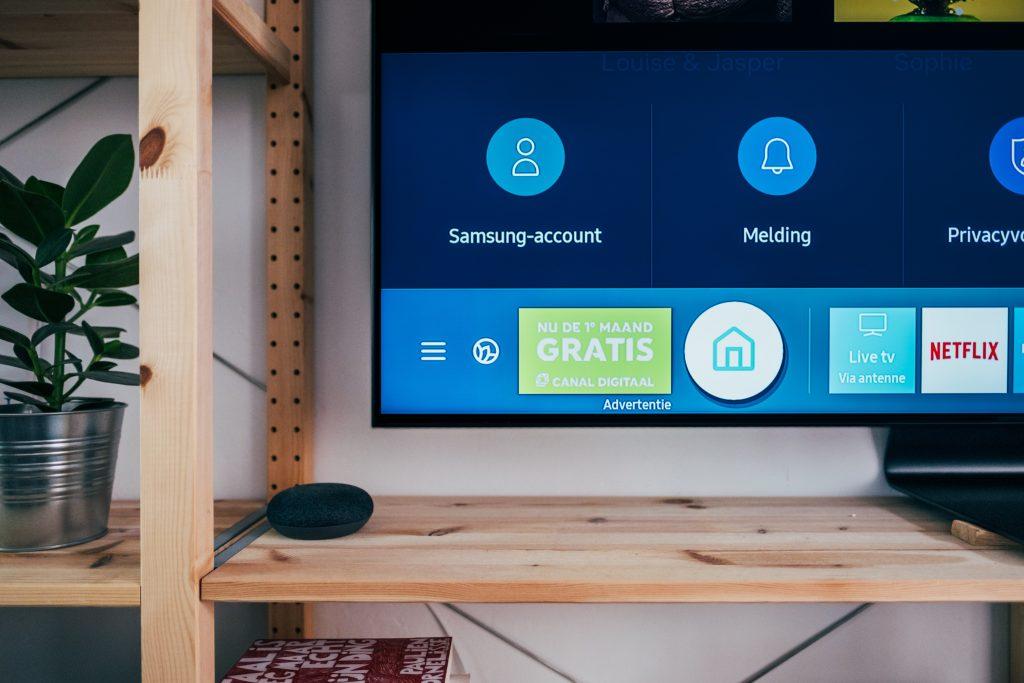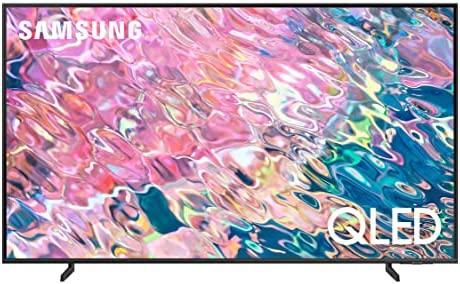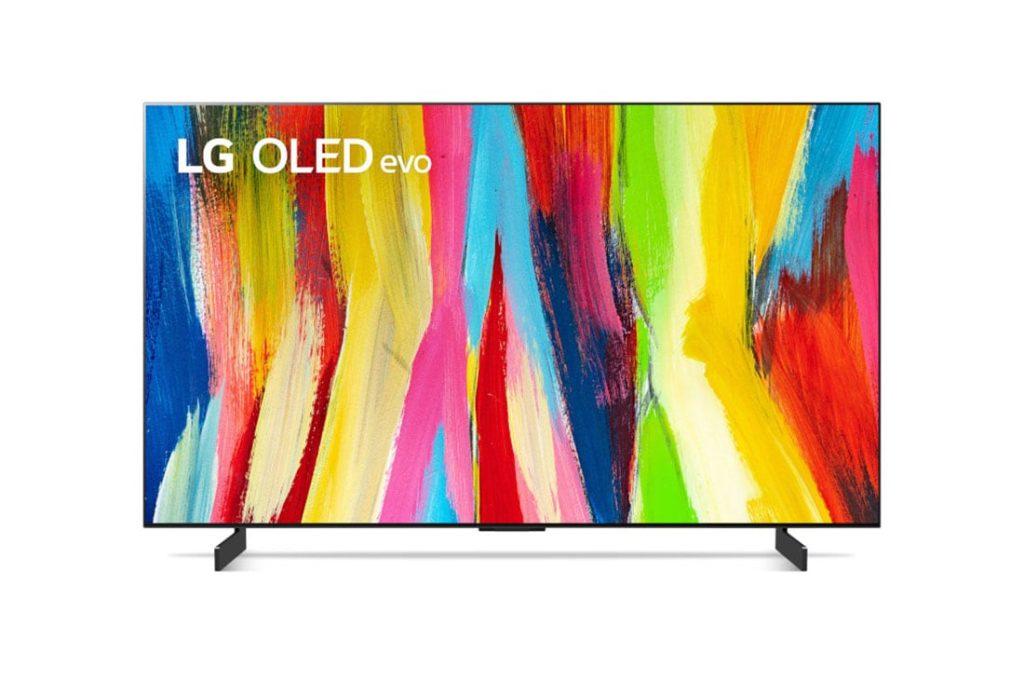First off, OLED stands for Organic Light Emitting Diode and QLED on the other hand stands for Quantum Dot LED TV. You might be wondering what is the difference? Let’s discover together.
OLED TV is a different technology from LCD while QLED is a variation of LCD. An OLED TV is not related to LCD technology in any way. It does not use the LED backlight to produce light , instead the pixels emit their own light. This is why OLED is emissive display technology and why the picture quality effect is top notch making OLED better.
QLED TVs on the other hand is a variation of LCD. LCD adding a quantum dot film to LED. Quantum dots are microscopic molecules when hit by light emit their own different colours. In QLED TVs, these dots are contained in a film and the light that hits them is provided by a LED backlight.
This light travels through a few other layers inside the TV including a liquid crystal LCD layer to create the picture. The light is now transmitted from the LED source to the screen’s surface, and this is why QLED TVs are transmissive.

For a few years now Samsung has branded its TV as QLED. In 2022 they had Neo QLED models in 4k and 8k resolution; together with Serif, Sero rotating TV which all use the Quantum technology.
According to Samsung the Quantum dots have evolved over time in terms of colour and light output, and that’s why they still stay with QLED. TCL another TV brand also makes the QLED TVs including their excellent 6-series. Amazon has the Fire TV Omni QLED television. Vizio and Hisense also use quantum dots in LED TVs even though they do not exactly call them QLED TVs.
On the other side of the divide, LG has dominated the OLED market with its 2022 lineups of OLED television. Sony, Panasonic, Philips, Grindig and Vizio is another brand that sells OLED in Europe. It is the festive season , and you might want to take advantage of the best TV deals in the market .

Here’s a comparative study of both TVs and which one we think is the best to go for.
OLED vs QLED: What is your preference?
OLED is way better in picture quality. The TCL 8k QLED was placed against the 2022 LG OLED C2. The Samsung 4k QLED was placed against the LG C1 series. In all OLED stood out in terms of picture quality.
OLED TVs have better control and black level which is good for improved image quality. QLED TVs are brighter even with HDR content, however OLED TVs can still get plenty bright for most rooms and superior control allows it deliver a better overall HDR image than the QLED TVs.
OLED has an almost perfect uniformity with better viewing angles. QLED has same too but cannot be compared to that of OLED TVs. Moreover, both TVs have the same resolution of 4k and 8k color and video processing.
In terms of size, QLED is bigger in size than OLED TVs. OLED TV size is available in 42″,48″,55″,65″,77″,83″,88″,97″. While the QLED TV is available in 32″,43″,50″,55″,58″,65″,75″,82″,85″,98″ respectively.

OLED
OLED is better in contrast: Contrast in this case is the difference between the darkest part of an image and the bright part. OLED has the ability to go black when it needs to but QLED has to dim their LED lights back and block the remaining light.
In terms of brightness, QLED takes the crown here: They don’t rely on individual pixels to create its own light , instead they use separate backlights. They produce bright lights, bright enough to lit up a dark room. OLED panels cannot compete in this regard.
In terms of response time, that is the time a pixel takes to switch from one state to another, OLED takes the crown: The response time is fast and delivers sharp images at the same time. It takes an OLED TV about 2-8 milliseconds of response which is incredibly fast.
Input lag: That is the difference between taking an action and getting the results of that action. This is mainly for games and both TVs do not have better input. You can turn on the game mode while gaming and get the desires results.
Burn in: Both TVs can exhibit image retention, where a TV continues to temporarily display part of an image after the original image has disappeared. OLED is perfect on this one and it is largely due to its emissive nature.
OLED TVs consumes less power because it does not have a super bright backlight, but QLED TVs are power consuming. Also OLED TVs offers better eye comfort because it produces less blue light that the QLED TV.
OLED TV seems to be leading, and if we are to pass a verdict OLED TVs will win.
But before choosing remember QLED is good in its own capacity and it all depends on what you are looking out for. It is important to also note that in terms of affordability, QLED is very much affordable that OLED. Although OLED TVs are bridging the gap in terms of affordability.

